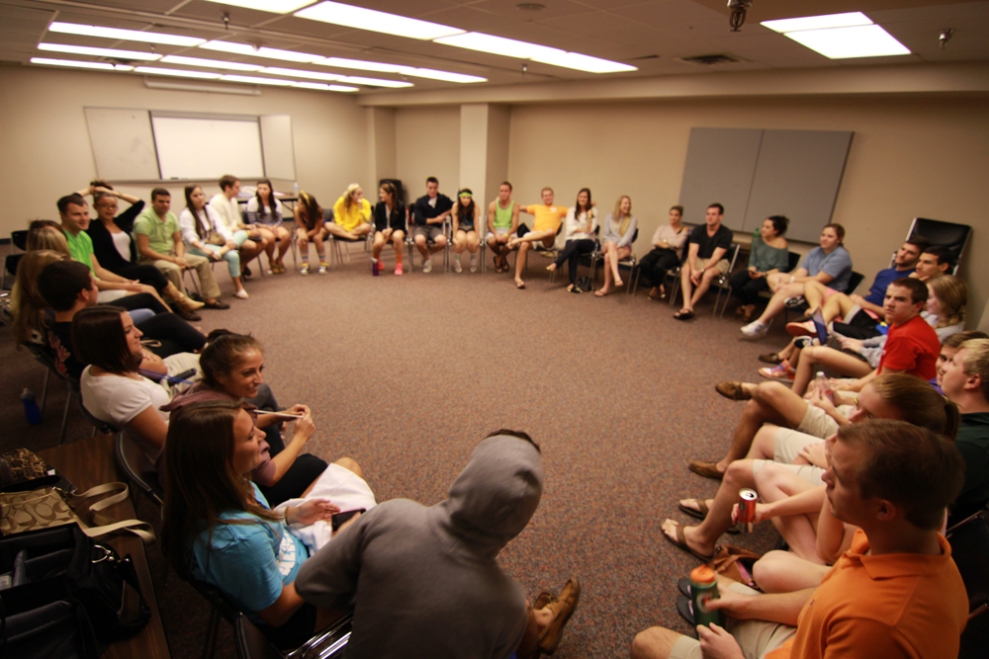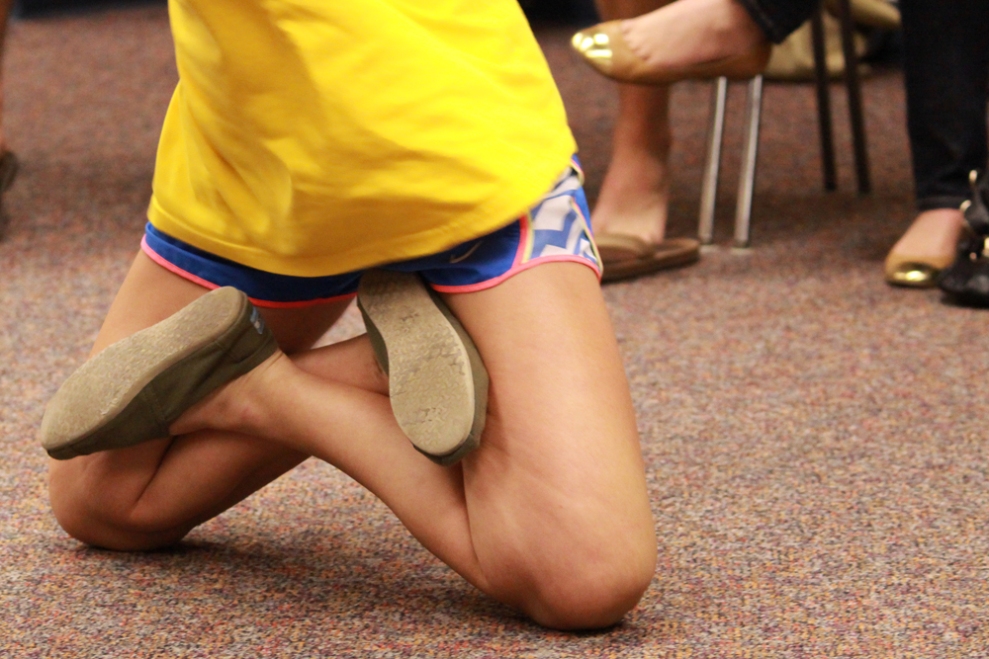“We’re living in a data-driven culture. A data-savvy journalist can use the Twitter API or a spreadsheet to find news as readily as he or she can use the telephone to call a source. Not only that, we serve many readers who are accustomed to dealing with data every day — accountants, educators, researchers, marketers. If we’re going to capture their attention, we need to speak the language of data with authority. And they are smart enough to know whether we’ve done our research correctly or not.” – Anthony Debarros, senior database editor at USA Today. (cited in In the Age of Big Data, Data Journalism has Profound Importance for Society)
I’m not a math person. Never have been. Despite my inability to understand even the simplest of figures I have found that it is easier to comprehend numbers through visualization. Graphs, charts, typography, inforgraphics. Even if I’m not the most math-savvy, these items all make it so I can understand the information.
Thanks to data journalism that sort of thing is possible.
Numbers are universal. They are the only things that remain the same in every language. Their importance is astronomical. As technology becomes an even bigger part of our lives on a daily basis it’s clear to see that as the Internet connects every corner of the world it has also made it wholly possible for data journalism to take the universal language of numbers and make it accessible for anyone no matter what part of the world they are in.
Data journalism takes statistics, numbers, percentages, and figures that are normally complicated and turns them into visualization or a form of information that is accessible to any reader, regardless of their familiarity with the topic.
Across the board it seems many journalists agree. After an extensive Google search I found numerous sites and blogs all brandishing headlines like “Why Data Journalism Matters.” I even discovered the recently published “Data Journalist’s Handbook.” Journalists are recognizing the changing face of journalism in light of society’s dependency on technology.
Using figures and numbers to tell a story has made it easier for journalists to gather large sets of data and turn it into something exhibits the same hook or emotional leverage of any prose found in a newspaper, audio heard on the radio, or images found on a television screen. In lieu of bits pieced together to convey a message we are left with information presented in a way that simply let the facts speak for themselves.
Journalism is evolving and data journalism is playing a huge role in that evolution.





